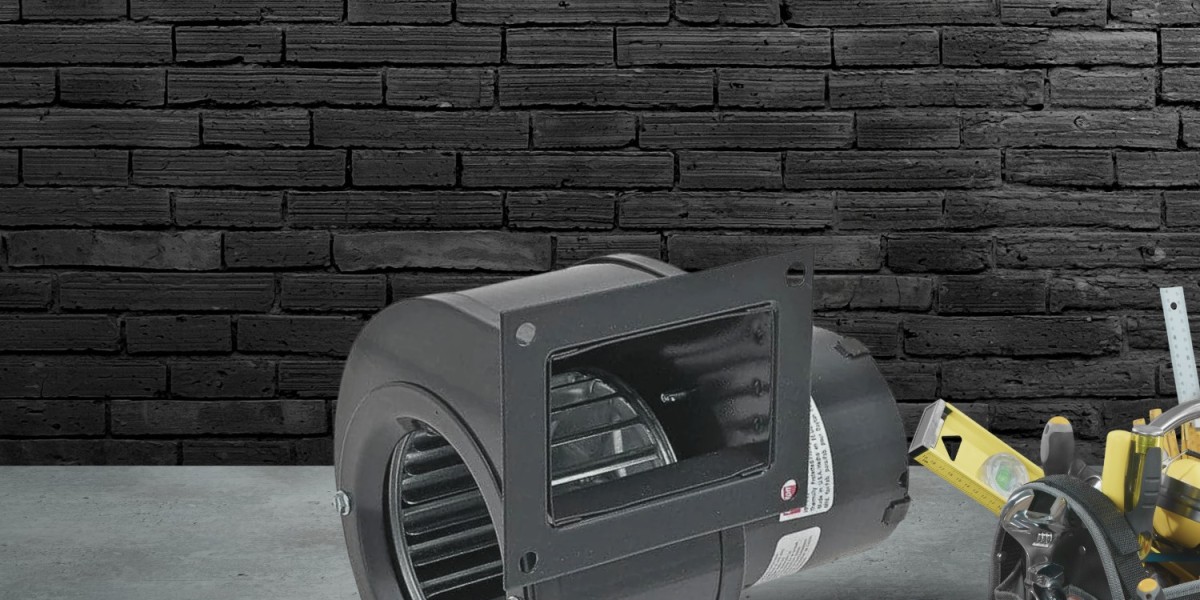Blower fans in HVAC systems, furnaces, and appliances are major parts that ensure airflow, facilitate the distribution of heat in a home or building, and create comfort. However, since any mechanical part will become problematic over time, blowers can be problematic because of reduced efficiency, noise, or even complete system failure. This DIY troubleshooting guide will explain common problems with your blower fan if it is performing less than optimally.
1. Dirty or Clogged Fan Blades
- Symptoms: It has poor airflow and rattle or whirring noises.
- Cause: Dust, dirt, and debris will accumulate on the fan blades, which disturbs the balance of it and lowers its performance.
- Solution: Unplug the fan from the power source and then gently rub the blades with a soft brush or cloth. You should be careful not to bend the blades because they will be imbalanced.
2. Motor Burnout
- Symptoms: Fan fails to turn on, humming noise, and odd odors.
- Cause: Overusing of the motor, overheating, or improper ventilation also degrades it.
- Solution: The motor will probably be hot to touch. If equipped, use a multimeter to check the motor. If the motor is burnt or damaged, it might be bad and have to be replaced. Never use a motor that overheats. If this happens repeatedly, it may become hazardous.
3. Loose or Worn-Out Belts
- Symptoms: include a 'wavering' fan or 'squealing' of the fan.
- Cause: belts stretch or fray over time, reducing fan speed and causing slippage.
- Solution: Check the belts for some easily observable signs of wear or slack. Re-adjust or replace them as needed and ensure they are correctly in line to not burden the motor unnecessarily.
4. Electrical Issues
- Symptoms: The fan is not working at all, or it works poorly, or the breaker is tripping.
- Cause: A fault in the wiring, a loose contact, or faulty circuitry can cause the flow of power supply to be disrupted.
- Solution: Check for looseness of connections and burnt wires. Provided you know basic electrical troubleshooting, wire all in place. Should electrical repairs be needed, sometimes it is recommended that a professional be consulted, as improper handling can be hazardous to one's health.
5. Faulty Capacitor
- Symptoms: the fan doesn't start or fails to gain speed, making a humming noise from the motor.
- Cause: The capacitor is the starting jolt for the fan, and when it fails, the fan will stall.
- Solution: Use a multimeter to check the capacitor. If it no longer holds a charge, replace it. Capacitors are relatively inexpensive and easily replaced.
6. Misaligned or Imbalanced Fan Blades
- Symptoms: vibrating or rattling sounds. Air flow is irregular.
- Cause: Blades could shift or warp and can, therefore, hinder balance, leading to motor breakage.
- Solution: Turn the fan off, look at the blades, and straighten any that seem to be bent. Tighten down to make sure that all blades are attached properly.
7. Bearing Issues
- Symptoms: grinding noise, fan stops rotating freely.
- Cause: The bearings make the blades spin freely; when they have worn themselves out, the fan starts performing poorly.
- Solution: Lubricate dry bearings or replace worn-out bearings. Most of the time, this is an easy fix to extend the life of your fan.
8. Overheating
- Symptoms: It frequently stops to work; heat is emitted excessively around the motor.
- Cause: Overheating can occur due to blocked airflow, an overworked motor, or low ventilation.
- Solution: Improve the ventilation around the fan and clear all restricted air vents or routes that may even be covering it up. Most often, keeping every piece clean and serviced regularly usually solves overheating problems.
9. Thermostat or Control Board Malfunction
- Symptoms: The fan does not respond to changes in temperature; it does not respond to on/off commands.
- Cause: Miscommunication by a malfunctioning thermostat or control board to the fan motor can make the fan run erratically.
- Solution: Inspect your thermostat for settings and connections. And if it still fails, you may need to replace the thermostat and control board, which can burn out with age and service.
10. Unusual Noises or Vibrations
- Symptoms include rattling, banging, or grinding sounds.
- Cause: These noises are usually results of various defects ranging from loose components to worn-out parts.
- Solution: Inspect any loose screws or bolts within the fan assembly. Look for worn appearance on bearings, motor mounts, and belts. Tighten parts or replace entirely if necessary.
Preventative Maintenance Tips
Routine maintenance largely avoids these problems in the first place. Clean fan blades often, inspect belts, lubricate bearings, and make sure the electrical components are correctly wired. Prevention is not only time-saving but also preserves the longevity of your blower fan and maximizes its efficiency.
Conclusion
Most of the problems with the blower fan can be solved by using simple tools and with some expertise, but repairs that require special machinery or the expertise of a professional who specializes in HVAC can be called for when you have electronic problems, motor replacement, or repeated issues.
To get more helpful information on maintaining your blower fan, visit OutdoorBoiler.com for additional expert advice and proven solutions to ensure that your system runs smoothly.

